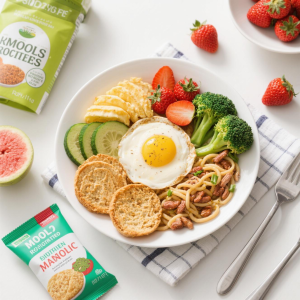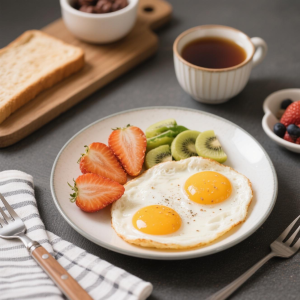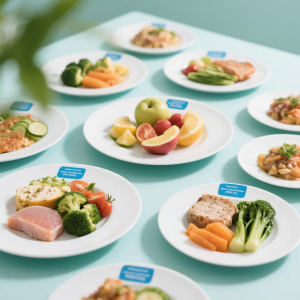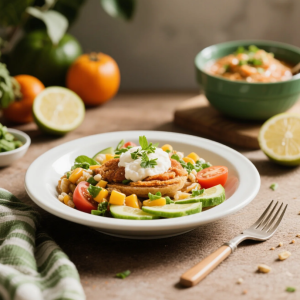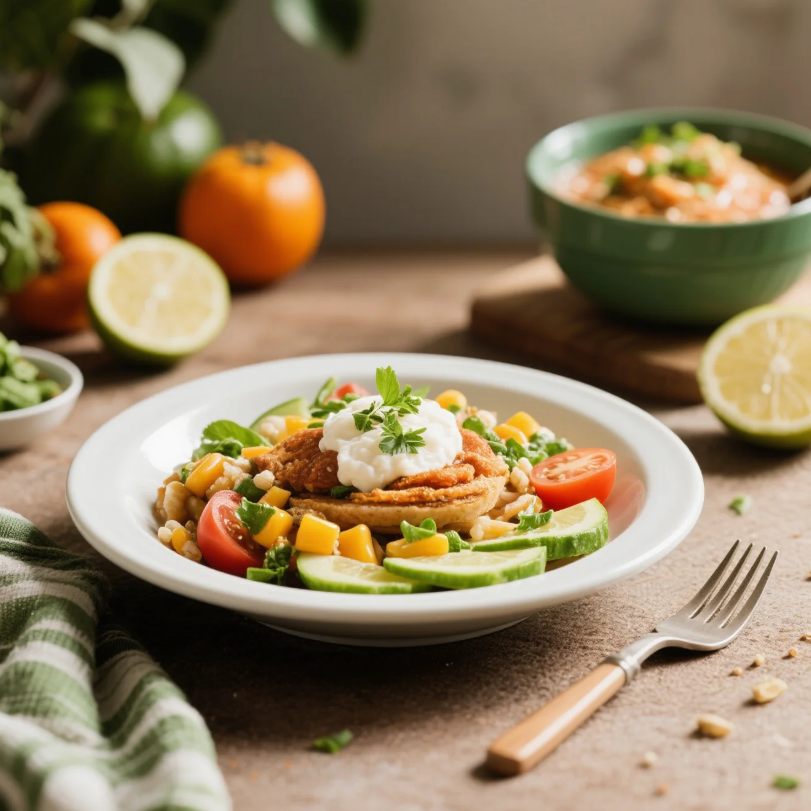
Modern health culture is no longer about denial or sacrifice. Instead, it embraces indulgence, richness, and flavor—so long as they serve the body’s needs. The era of boiled vegetables and bland tofu is over. Today, healthy recipes are as dazzling as a diamond ring under showroom lighting, combining nutrition with aesthetic brilliance and tastebud satisfaction. In a world where every scroll on social media reveals a new superfood bowl or oat milk latte, the real challenge is finding dishes that are more than just Instagrammable. They must nourish, energize, and delight.
The Art of Nutritional Storytelling
Food is no longer just fuel; it is identity. What we eat reflects who we are—from keto crusaders to plant-based purists. A healthy recipe tells a story, and every ingredient plays a role. Quinoa isn’t just a grain; it’s a complete protein that offers a subtle nuttiness and the perfect platform for a power-packed lunch. Avocados are not only rich in monounsaturated fats but also bring a creamy texture that mimics indulgence. Blueberries, bursting with antioxidants, are nature’s candy, disguising their health benefits in a coat of sweet-tart appeal.
This narrative doesn’t stop at taste. Texture, color, and even plating contribute to the sensory experience. A vibrant salad of roasted beetroot, arugula, walnuts, and goat cheese tells a different tale than a beige quinoa mash. The visual impact of food, like the brilliance of a flawless diamond, captivates before the first bite.
The Diamond Diet Dilemma
Diamonds and diet might seem worlds apart, but they share a surprising number of parallels. Both involve high-value decisions, often marketed through luxury appeal. Terms like “superfood,” “organic,” and “clean eating” are the culinary equivalents of “carat,” “clarity,” and “cut.” People want the best for their bodies just as they desire premium gems.
Just as savvy shoppers must navigate the nuances of diamond certification, the health-conscious must decode food labels and ingredient lists. Is the “natural flavoring” in your granola bar truly natural, or is it a shiny veneer? Are the oils in your salad dressing cold-pressed or highly processed? Understanding what lies beneath the label is critical—and the knowledge gap is where marketing thrives.
Building Culinary Wealth One Bite at a Time
Much like financial portfolios, your diet should be diversified. Proteins, healthy fats, complex carbohydrates, and micronutrients each bring value, much like a gem collection that spans beyond just diamonds to include sapphires, emeralds, and rubies. By incorporating seasonal vegetables, sustainable seafood, legumes, and whole grains, you create a nutritional foundation with long-term benefits.
Meal prepping and batch cooking have become the investment strategies of the kitchen. Think of them as blue-chip stocks—reliable, efficient, and time-tested. A Sunday afternoon spent roasting vegetables, cooking quinoa, and marinating chicken results in a week’s worth of golden returns: quick, nourishing meals that require no stress during busy weekdays.
The Wellness Gourmet Revolution
The rise of wellness gourmet culture has blurred the lines between fine dining and functional eating. Recipes now carry a certain glamor—golden turmeric lattes with adaptogens, beet hummus served on activated charcoal crackers, coconut chia puddings crowned with edible flowers. These aren’t just meals; they are edible lifestyle statements.
Food bloggers, nutritionists, and chefs have formed a new elite class of taste influencers. Much like diamond brand ambassadors, they influence not only what we eat but how we perceive food. Their creations dazzle like gemstone displays, curated for beauty and benefit alike. But beware: aesthetic appeal doesn’t always translate into nutritional integrity.
Beyond the Kale Curtain
While leafy greens like kale and spinach have become poster children of the healthy diet, there’s a rich tapestry of ingredients awaiting the spotlight. Jicama, kohlrabi, sorghum, and amaranth are ancient grains and vegetables with untapped potential. Diversifying your plate not only ensures balanced nutrition but also prevents flavor fatigue.
Culinary innovation now often comes from reinterpreting cultural classics. Korean bibimbap bowls are reinvented with cauliflower rice. Tacos go grain-free with jicama wraps. Indian dals are transformed with quinoa or millet bases. Each fusion is like cutting a raw diamond into a new shape—retaining the original’s brilliance while offering something novel.
Superfood Snobbery and How to Avoid It
As with diamonds, elitism can creep into the world of healthy eating. Some ingredients come with a price tag inflated by marketing rather than merit. Dragon fruit might be exotic, but so is the humble sweet potato when viewed through the lens of vitamin A and fiber. Acai bowls may be trendy, but a homemade berry smoothie often provides equal benefits without the markup.
Avoiding this form of culinary snobbery means celebrating accessibility. Frozen vegetables are flash-frozen at peak freshness and often contain more nutrients than their week-old counterparts from the produce aisle. Canned beans, rinsed thoroughly, are a perfectly acceptable protein source. Eating well doesn’t require a diamond-studded budget—just a bit of creativity and clarity.
The Future Is Fermented
One of the most thrilling frontiers in healthy eating is fermentation. Not only does it enhance flavor, but it also supports gut health—the microbiome being our body’s internal treasure chest. Kimchi, kombucha, kefir, and miso are not just trendy; they are ancient foods making a sparkling comeback.
Home fermentation kits are now as stylish as a designer watch. Clear glass vessels, artisan labels, and bamboo lids turn your kitchen counter into a lab of edible luxury. And much like investing in a quality diamond, the payoff is both aesthetic and functional.
Eating as Empowerment
Perhaps the greatest shift in healthy eating has been the reframing of food as empowerment rather than restriction. Recipes are no longer built around what you can’t eat, but around what you can celebrate. A stack of almond-flour pancakes with coconut whipped cream doesn’t scream “diet”; it shouts joy. A bowl of lentil curry with sprouted rice is both hearty and healing.
This empowerment extends to the act of cooking itself. Preparing your own meals fosters a deeper relationship with food and self. Much like choosing a diamond that reflects your unique style and values, selecting ingredients and recipes becomes a form of personal expression.

Conclusion Is Overrated, Just Keep Eating Well
There’s no need for a grand finale in the world of healthy recipes. The journey itself is radiant, filled with flavor, flair, and fulfillment. Whether you’re simmering bone broth on a snowy night or tossing a rainbow salad under summer sun, each act of nourishment is a gem in its own right. So keep chopping, roasting, blending, and savoring. The world of healthful cuisine is more dazzling than ever—you just have to take a bite.

